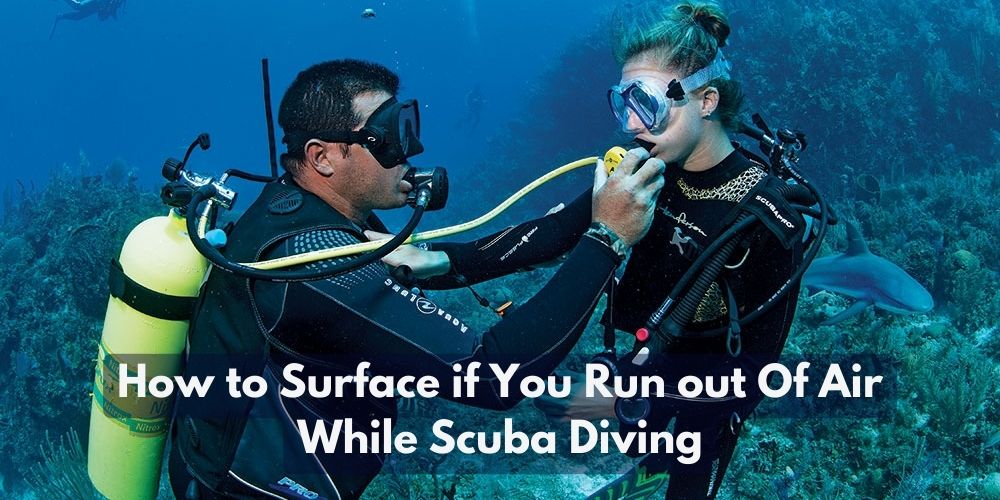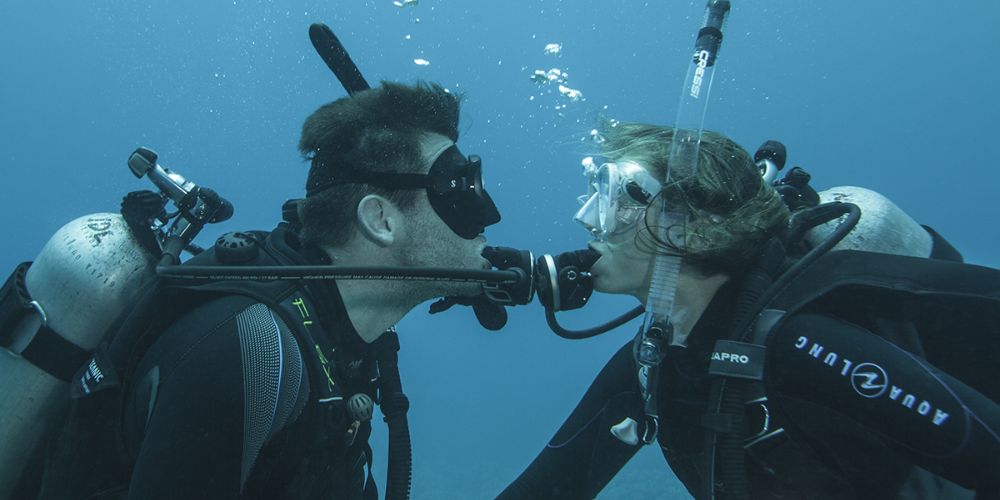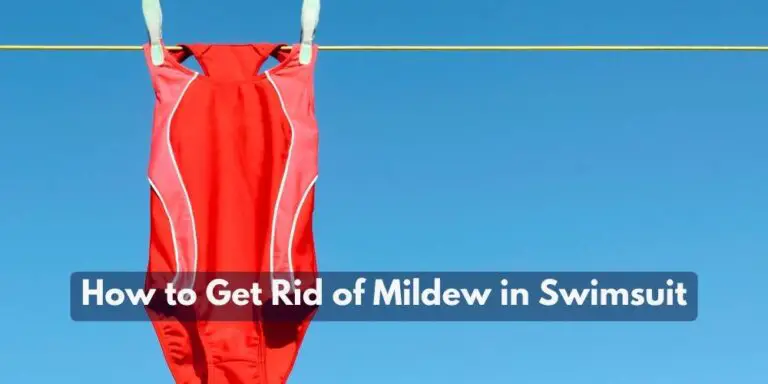
Proper air management is crucial in scuba diving to ensure a safe and enjoyable experience. It serves as our lifeline, providing the oxygen we need to explore the underwater world. However, there may be situations when we find ourselves running out of air. In this blog, we will discuss the signs of low air supply, the significance of remaining calm, and the steps to safely ascend in an emergency. Let’s equip ourselves with the knowledge and skills to handle this situation effectively and ensure a secure return to the surface.
How to Surface if You Run Out of Air While Scuba Diving
When you realize you’re running out of air during a dive, it’s crucial to take immediate action. Look for your dive buddy and signal that you’re out of air by moving your arm and hand across your neck. Swim calmly towards your buddy while trying to locate their alternate air source.
Signs of Running Out of Air:
- Increased effort in breathing
- Shortened breath duration
- Audible or visual warnings from dive equipment
- Unusual breathing sounds
- Reduced pressure on the regulator
Consequences of Ignoring These Signs:
Ignoring the signs of running out of air can have severe consequences. Oxygen deprivation can lead to disorientation, impaired judgment, and panic underwater, which increases the risk of accidents and potentially life-threatening situations. It is essential to take immediate action when you recognize these signs to ensure your safety and the safety of your diving buddy.
Other Safe Surfacing Options When Running Out of Air in Scuba Diving

1. Remaining Calm and Focused
In the face of a potentially stressful situation like running out of air while scuba diving, staying calm is of utmost importance. Panicking can lead to irrational decisions and further complications. Here are some tips and techniques for maintaining a composed mindset in a low-air situation:
- Control Your Breathing: Take slow, deep breaths to conserve the remaining air and avoid hyperventilation. Focus on maintaining a steady and controlled breathing rhythm.
- Mental Visualization: Visualize a successful ascent and imagine yourself executing the necessary steps calmly and confidently. This technique can help reduce anxiety and promote a focused mindset.
2. Buddy System and Communication
Diving with a buddy is a fundamental safety practice in scuba diving. When running out of air, your buddy can be your lifeline. Here’s why the buddy system and effective communication are crucial:
- Immediate Assistance: Your buddy can provide assistance in an emergency situation. They can share their air supply with you or help you locate an alternate air source.
- Hand Signals and Communication: Learn and practice essential hand signals to communicate effectively underwater. Establish clear communication protocols with your buddy before the dive to ensure smooth coordination during emergencies.
3. Performing an Emergency Ascent
When you run out of air, executing an emergency ascent is necessary to reach the surface safely. Here’s a step-by-step process to follow:
- Signal Your Buddy: Use the universally recognized hand signal for out-of-air to alert your buddy.
- Establish Physical Contact: Swim towards your buddy and establish physical contact to initiate assistance.
- Buddy Breathing: If your buddy has an alternate air source, use buddy breathing techniques to share their air until you reach the surface or a safe depth for ascent.
- Ascend Slowly and Safely: Perform a controlled ascent, following proper decompression guidelines if applicable. Ascend no faster than the recommended ascent rate to prevent decompression sickness and other potential injuries.
4. Buddy Breathing Techniques
Buddy breathing allows for the sharing of air with a diving buddy in an out-of-air situation. Here are two common buddy breathing techniques:
- Alternate Air Source Method: Your buddy provides you with their alternate air source by handing you the octopus regulator, allowing you to breathe from their supply.
- Regulator Exchange Method: Your buddy removes their primary regulator and gives it to you while they switch to the alternate air source. This method ensures both divers have a functioning regulator.
5. Proper Equipment Maintenance and Preparation
Maintaining your scuba diving equipment is essential for preventing malfunctions and running out of air. Here’s what you should do:
- Regular Equipment Checks: Prior to each dive, inspect and test your equipment thoroughly, including the regulator, pressure gauge, and alternate air source. Address any issues promptly.
- Redundant Air Sources: Consider carrying redundant air sources like pony bottles or spare air systems. These backup devices provide an additional air supply in case of emergencies.
6. Prevention and Preparedness
Taking proactive measures can significantly reduce the risk of running out of air while scuba diving. Consider the following:
- Proper Dive Planning: Plan your dive carefully, including estimating your air consumption based on previous dives and factors like depth and exertion level. Avoid pushing your limits to conserve air.
- Carry Backup Devices: As mentioned earlier, having additional air sources, such as pony bottles or spare air systems, adds an extra layer of safety.
7. Emergency Procedures Training
Proper training and regular practice of emergency procedures are vital for any diver. Here’s why:
- Obtain Training and Certifications: Enroll in scuba diving courses to acquire the necessary knowledge and certifications. Training equips you with the skills to handle emergency situations effectively.
- Simulated Out-of-Air Scenarios: Regularly practice simulated out-of-air drills with your dive buddy or during dive training sessions. This practice enhances your response and familiarity with emergency procedures.
By incorporating these strategies into your scuba diving routine, you can enhance your safety and preparedness in case you run out of air during a dive. Remember, prevention, training, communication, and remaining calm are the keys to a successful emergency ascent and a safe return to the surface.
FAQs: Safely Surfacing When Running Out of Air in Scuba Diving
How often do scuba divers run out of air?
Running out of air during a scuba dive is a rare occurrence when proper air management is practiced. With a standard aluminum 80-cubic-foot tank and a 40-foot dive, the average open-water certified diver can stay underwater for approximately 45 to 60 minutes, ensuring a safe reserve of air in the tank.
How do divers get back to the surface?
To safely ascend to the surface, scuba divers should raise one hand above their head as they approach the last few feet/meters. It’s important to avoid surfacing underneath the boat. Once near the surface, divers can inflate their buoyancy compensator (BC), keep their mask and regulator or snorkel in place, and signal “OK” to the boat crew while awaiting instructions for exiting the water.
How much air do you need to surface with scuba?
The amount of air required to surface while scuba diving depends on the depth. Due to water compression, the air that fills one cubic foot of space at the surface will only fill half a cubic foot of space at a depth of 33 feet. Therefore, the air that fills a diver’s lungs at the surface will only half-fill their lungs at 33 feet. It’s crucial to monitor air consumption and ensure a safe reserve of air for a controlled ascent.
Final Thoughts
Proper air management and knowing how to handle running out of air are vital for scuba diving safety. By recognizing signs of low air supply, staying calm, using effective communication and buddy systems, and performing controlled emergency ascents, divers can safely surface when running out of air. Prevention, preparedness, and regular training are key to reducing risks and ensuring a memorable and secure diving experience. So dive responsibly, be prepared, and enjoy the wonders of the underwater world while keeping your air supply in check.







